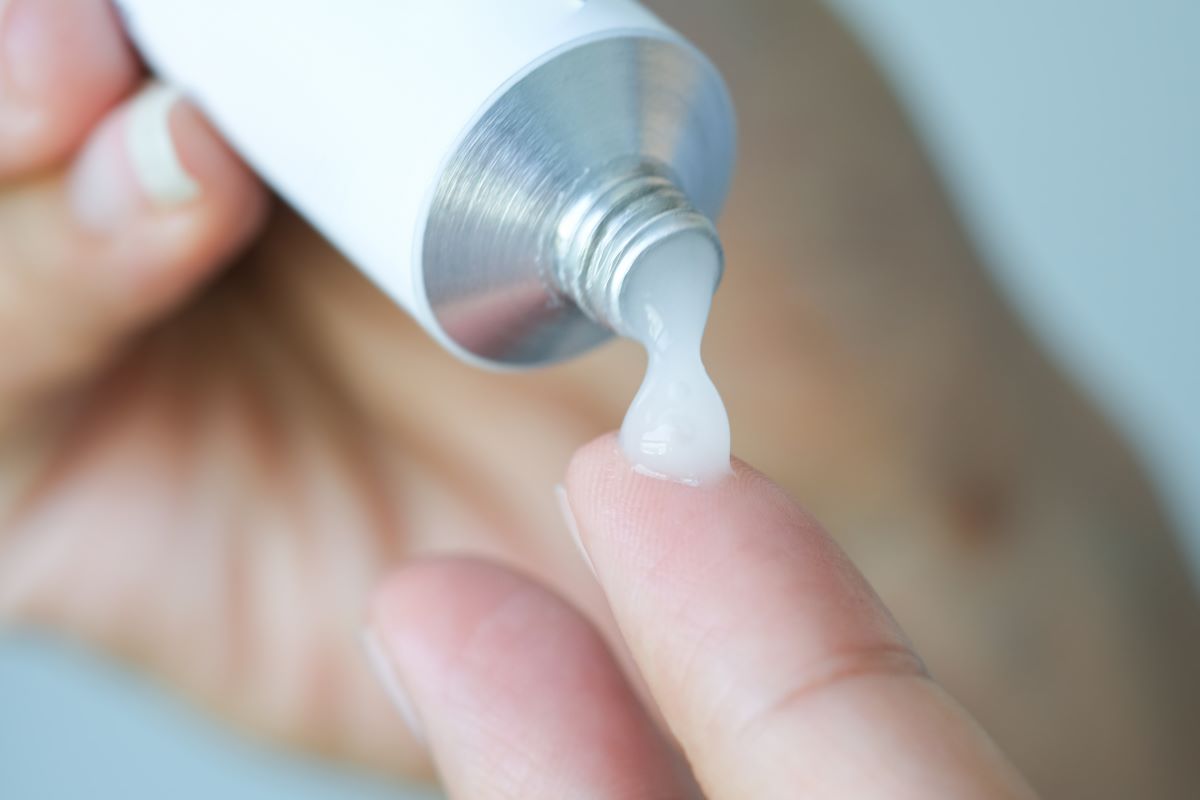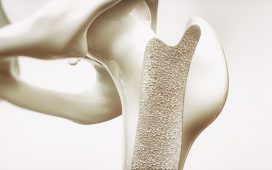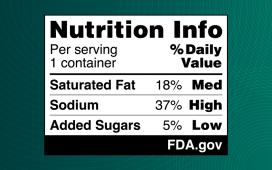Benzene concentrations detected in 111 over-the-counter BPO drug products that were tested, maintained at room temperature
By Elana Gotkine HealthDay Reporter
FRIDAY, Oct. 11, 2024 (HealthDay News) — Potential benzene exposure occurs as a result of benzoyl peroxide (BPO) drug product use, according to a study published online Oct. 7 in the Journal of Investigative Dermatology.
The carcinogen benzene is a degradation product of BPO and has been reported to form when BPO drug products are incubated at body temperature and elevated temperatures, according to Kaury Kucera, Ph.D., from the Arnold & Marie Schwartz College of Pharmacy and Health Sciences at Long Island University in Connecticut, and colleagues. Kucera and colleagues examined benzene concentrations detected in over-the-counter BPO products.
The researchers found that benzene concentrations (0.16 to 35.30 ppm) were detected in 111 over-the-counter BPO drug products tested and maintained at room temperature. Stability testing of a prescription encapsulated BPO product resulted in no apparent benzene formation at 2 degrees Celsius and in high levels of benzene formation at 50 degrees Celsius. In face model experiments, detectable levels of benzene were found through evaporation, and considerable benzene formation occurred when exposed to ultraviolet light at levels below peak sunlight.
“The results presented here suggest that a substantial portion of the BPO acne treatment market currently contains unacceptably high levels of benzene in products sitting on the shelf and that stabilization techniques like encapsulation do not appear to prevent the formation of benzene in BPO drug products,” the authors write. “In the interest of public health, further study and regulatory and industry actions, such as recalls, are warranted.”
Several authors disclosed ties to the pharmaceutical industry. The study was funded by Valisure.
Copyright © 2024 HealthDay. All rights reserved.








